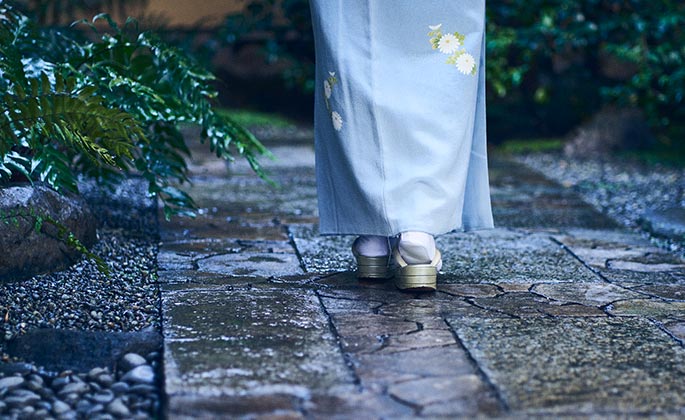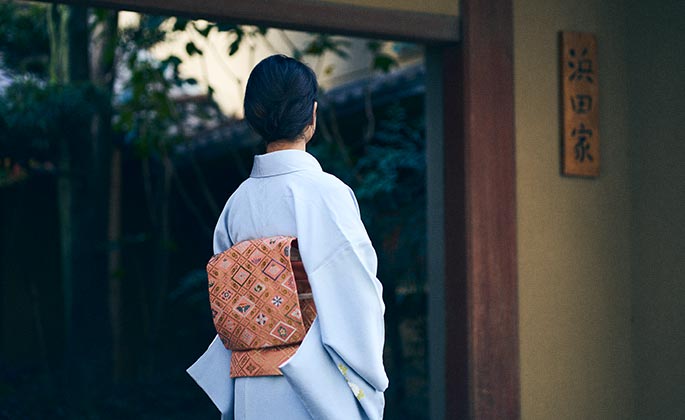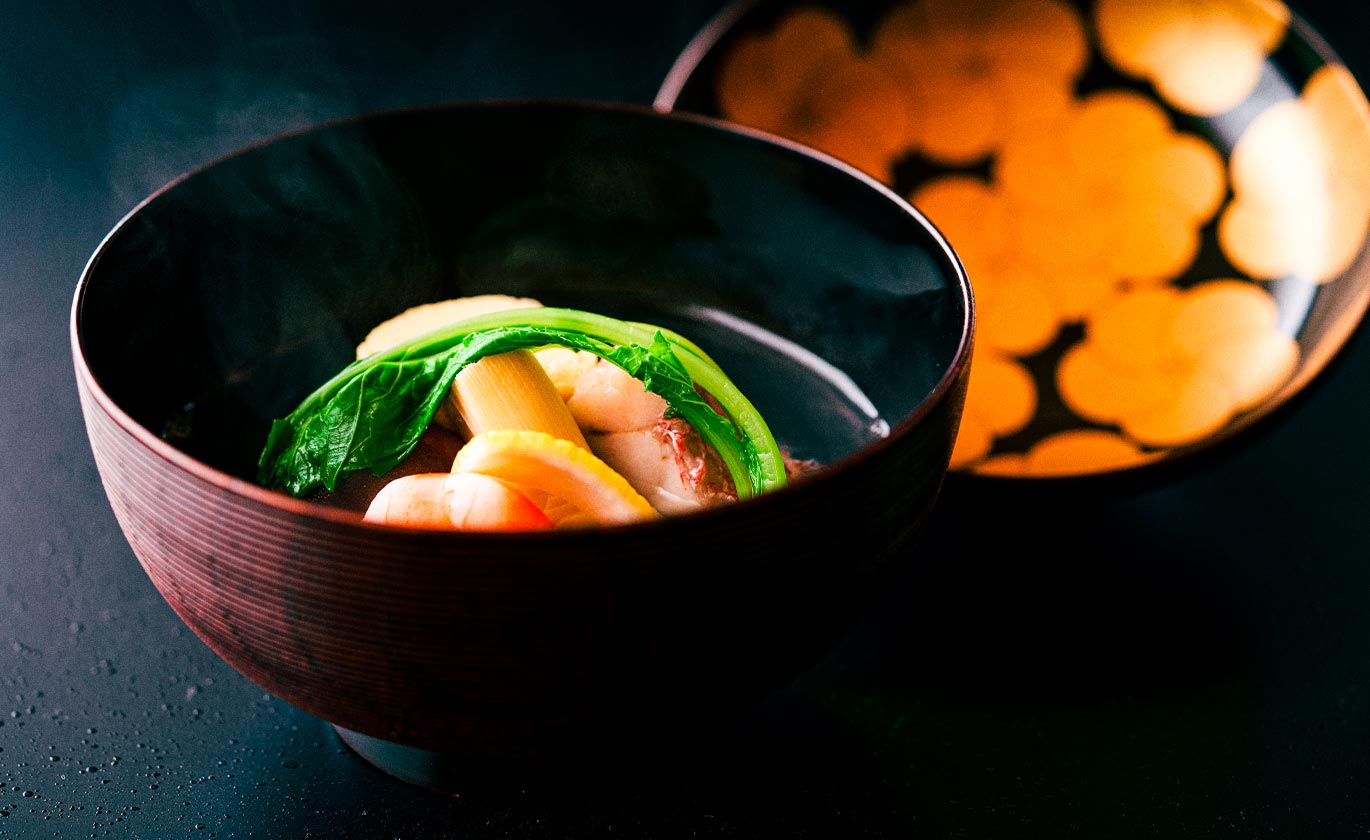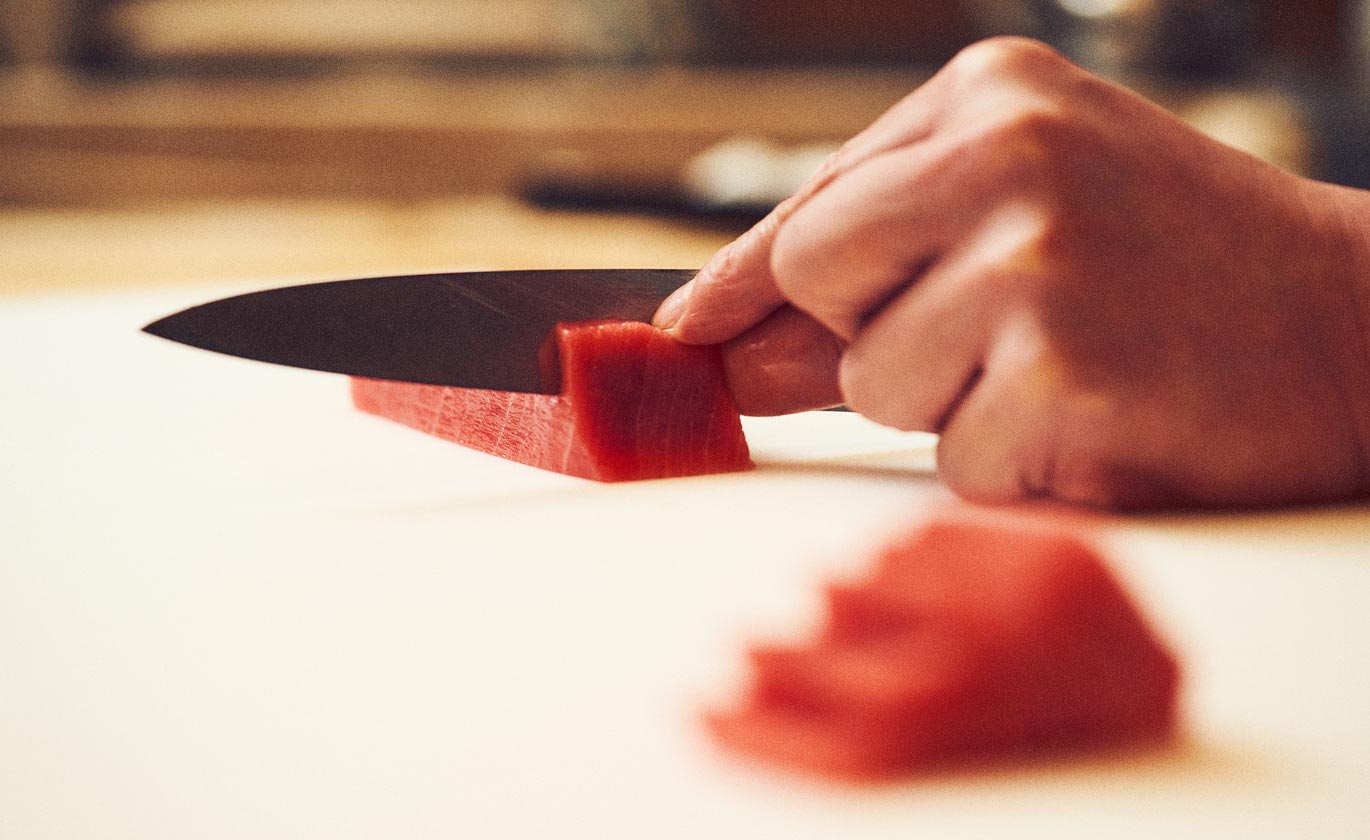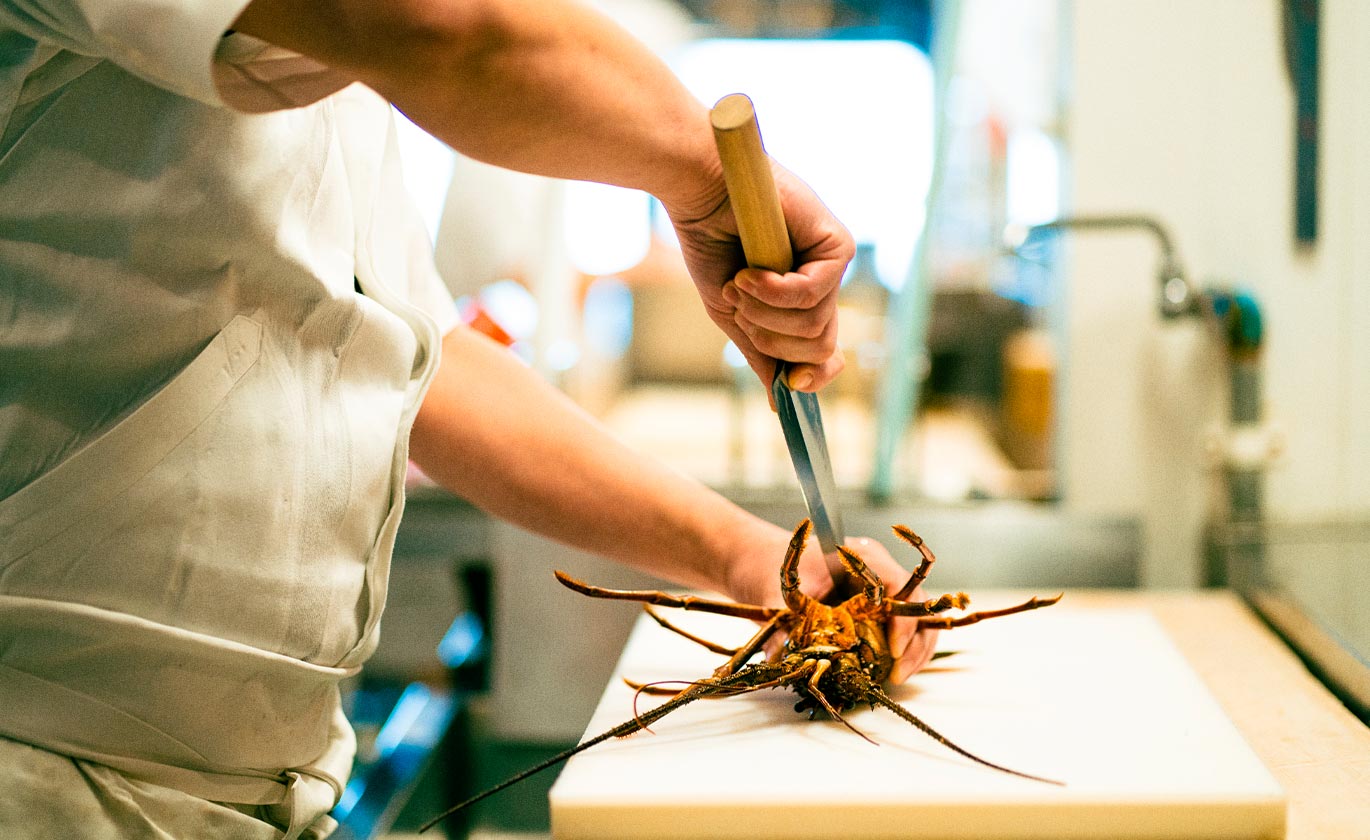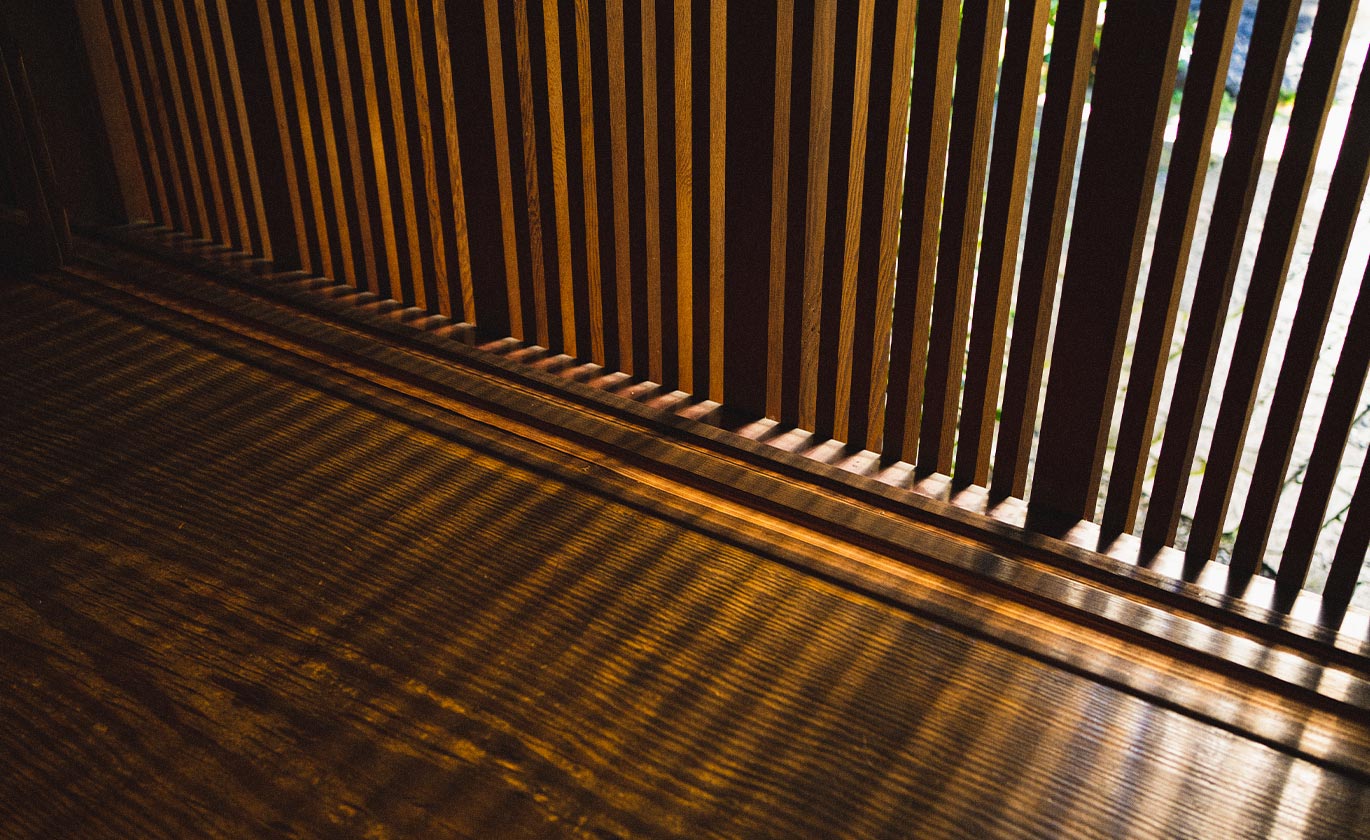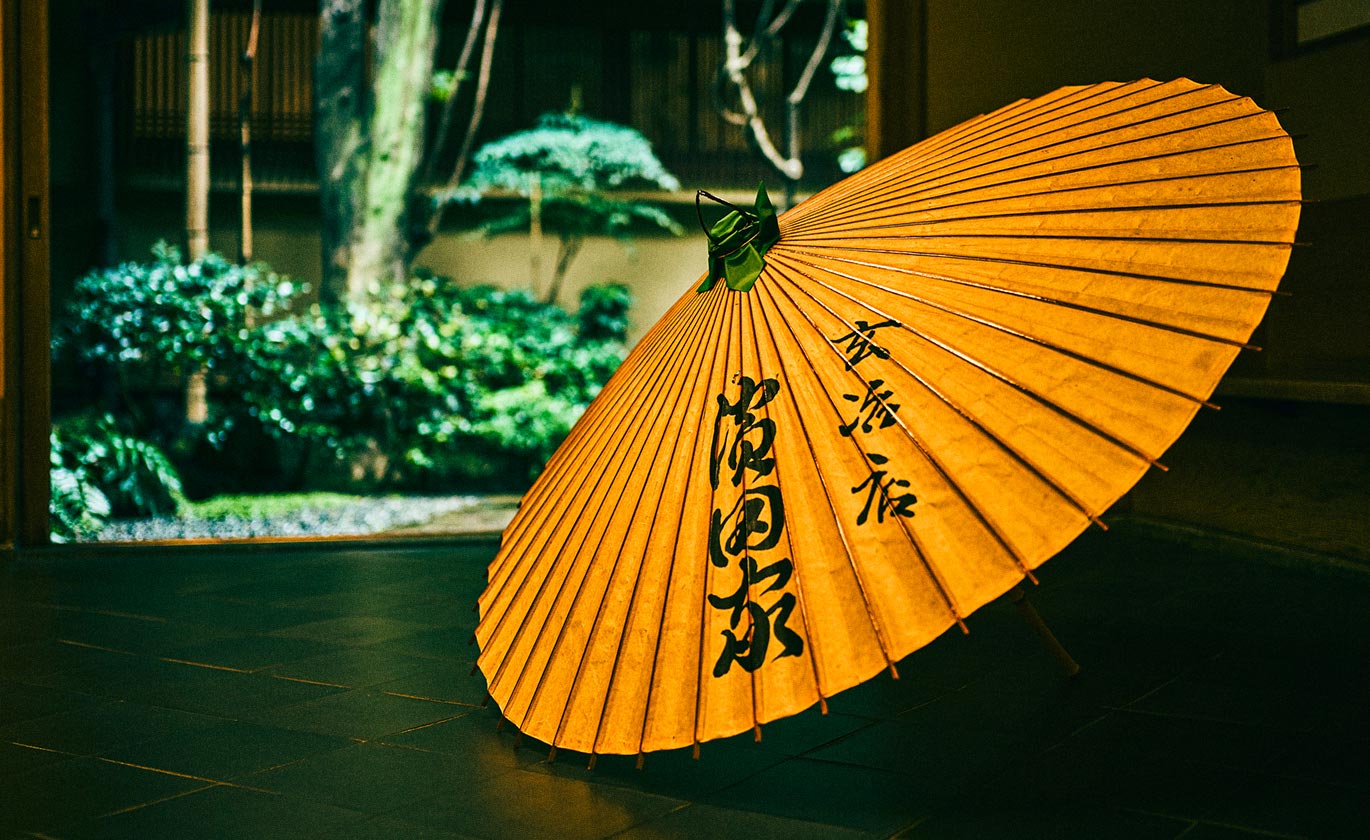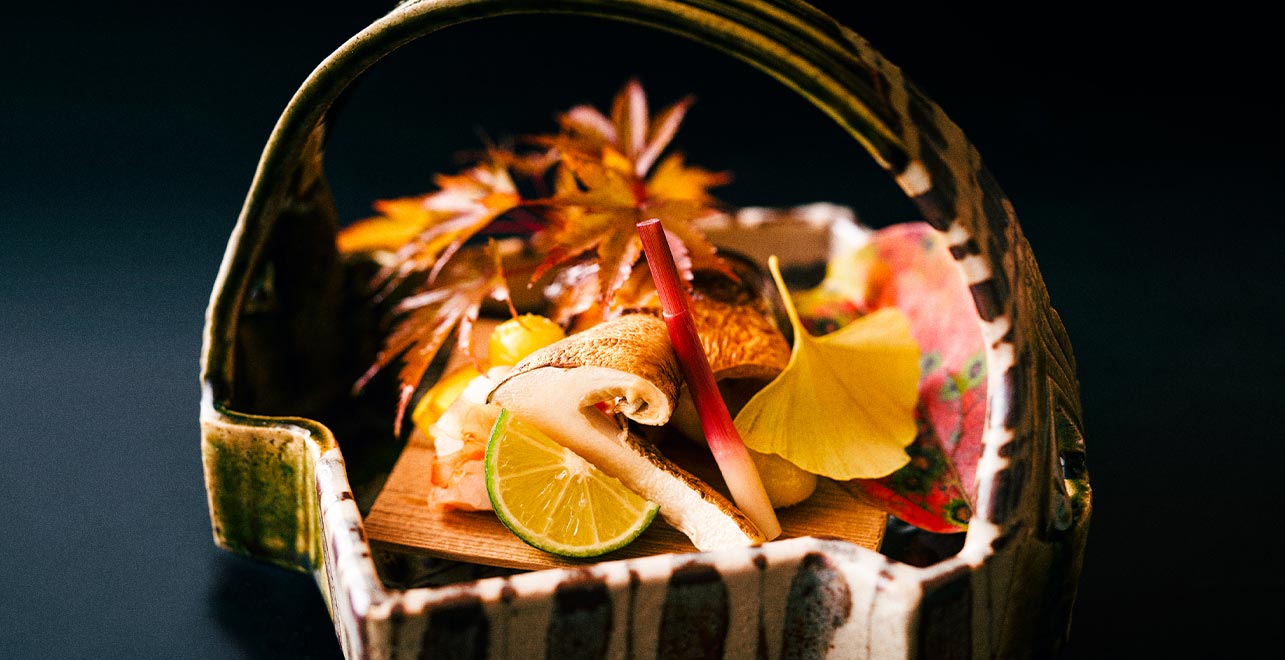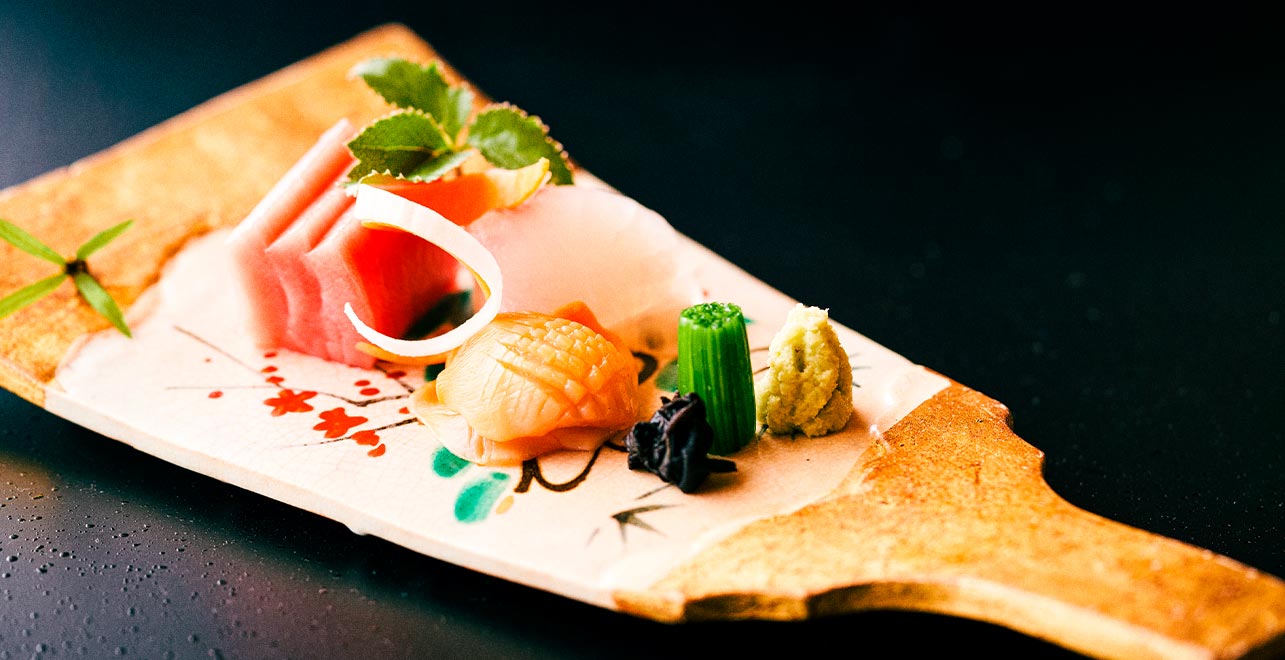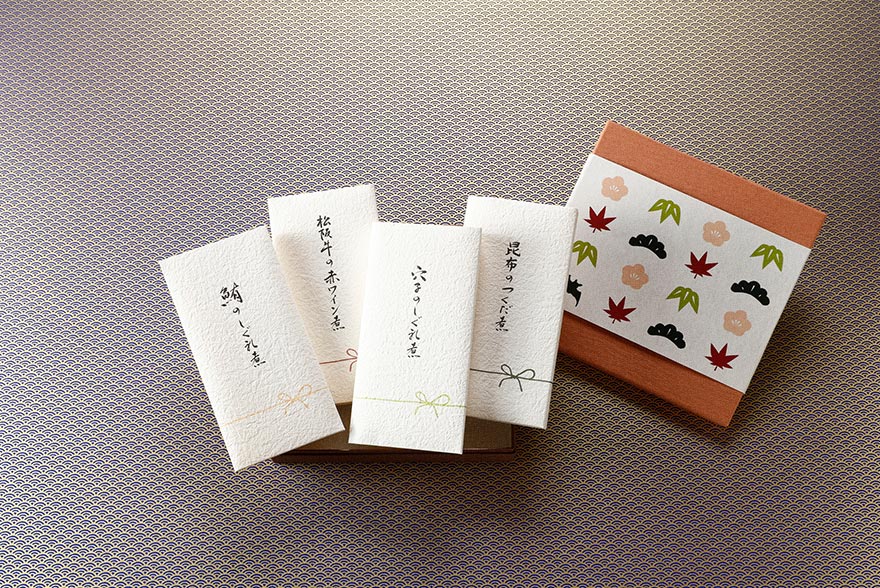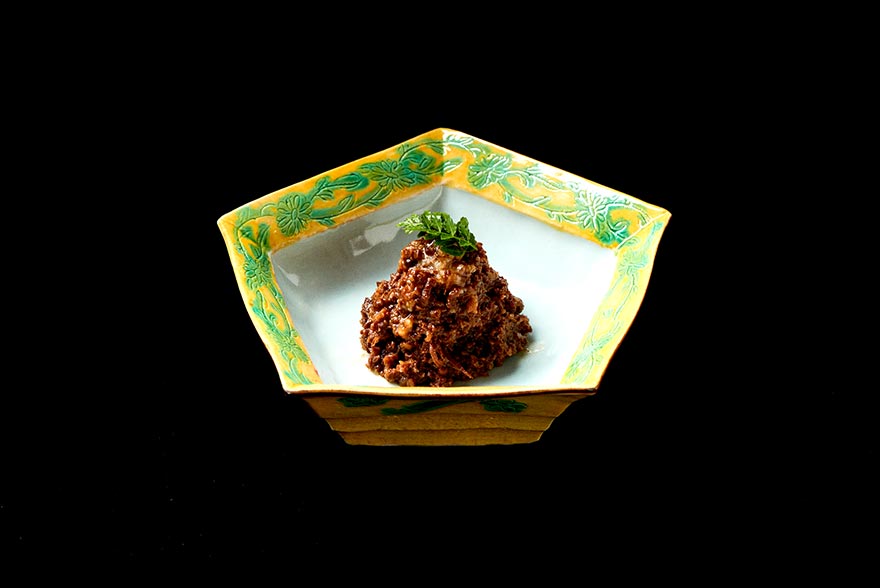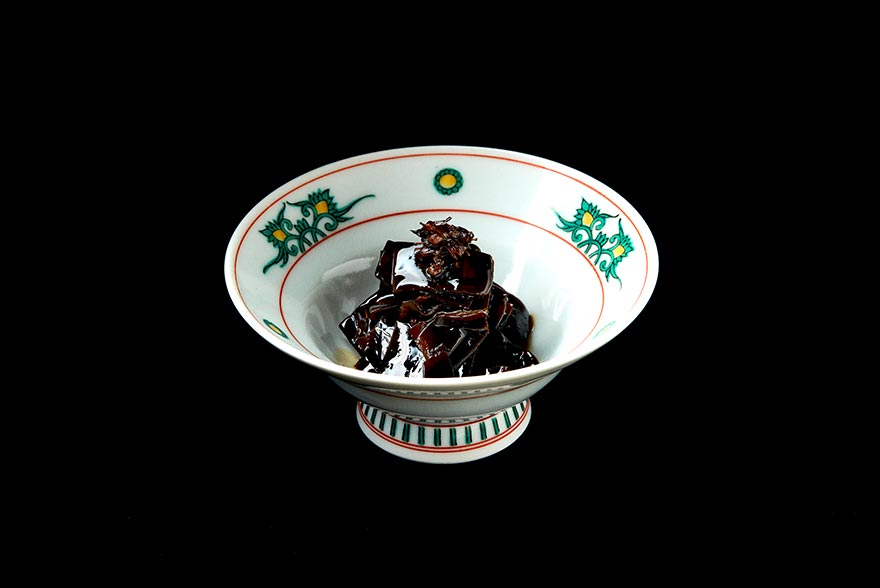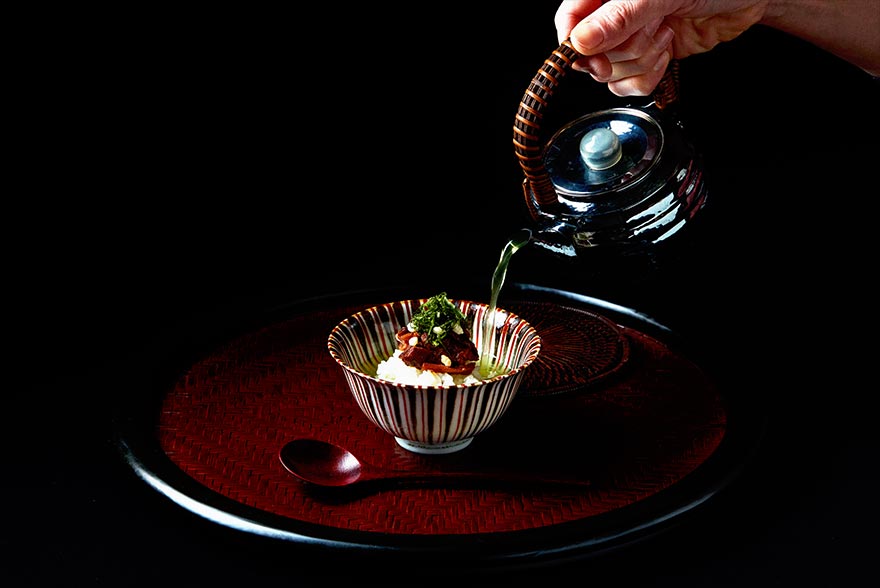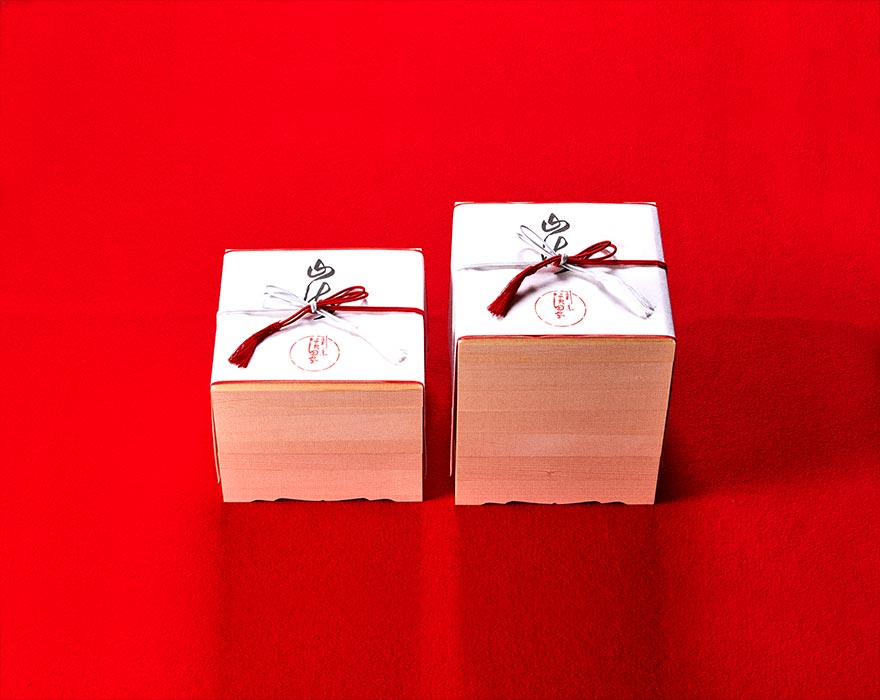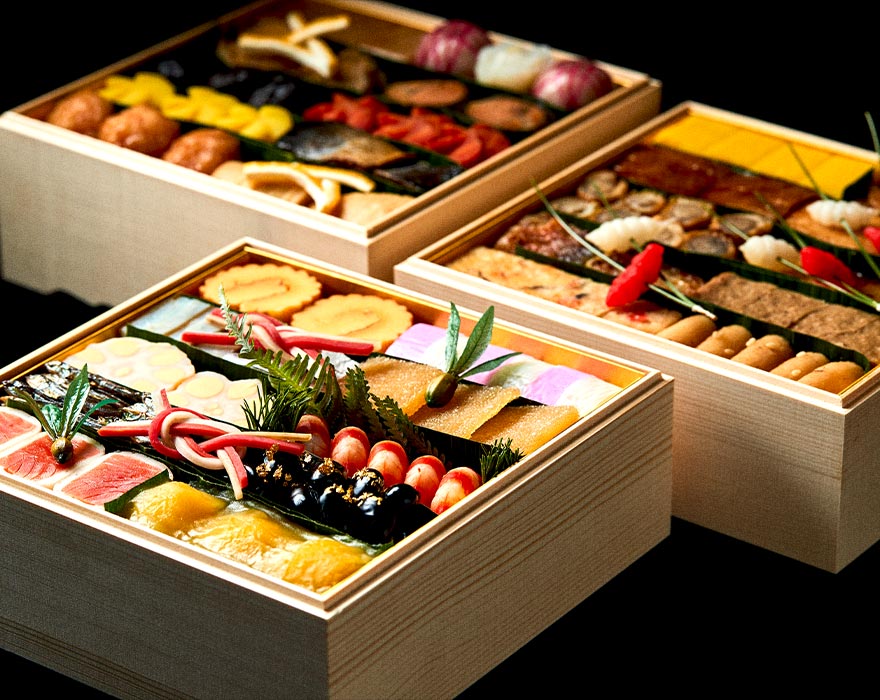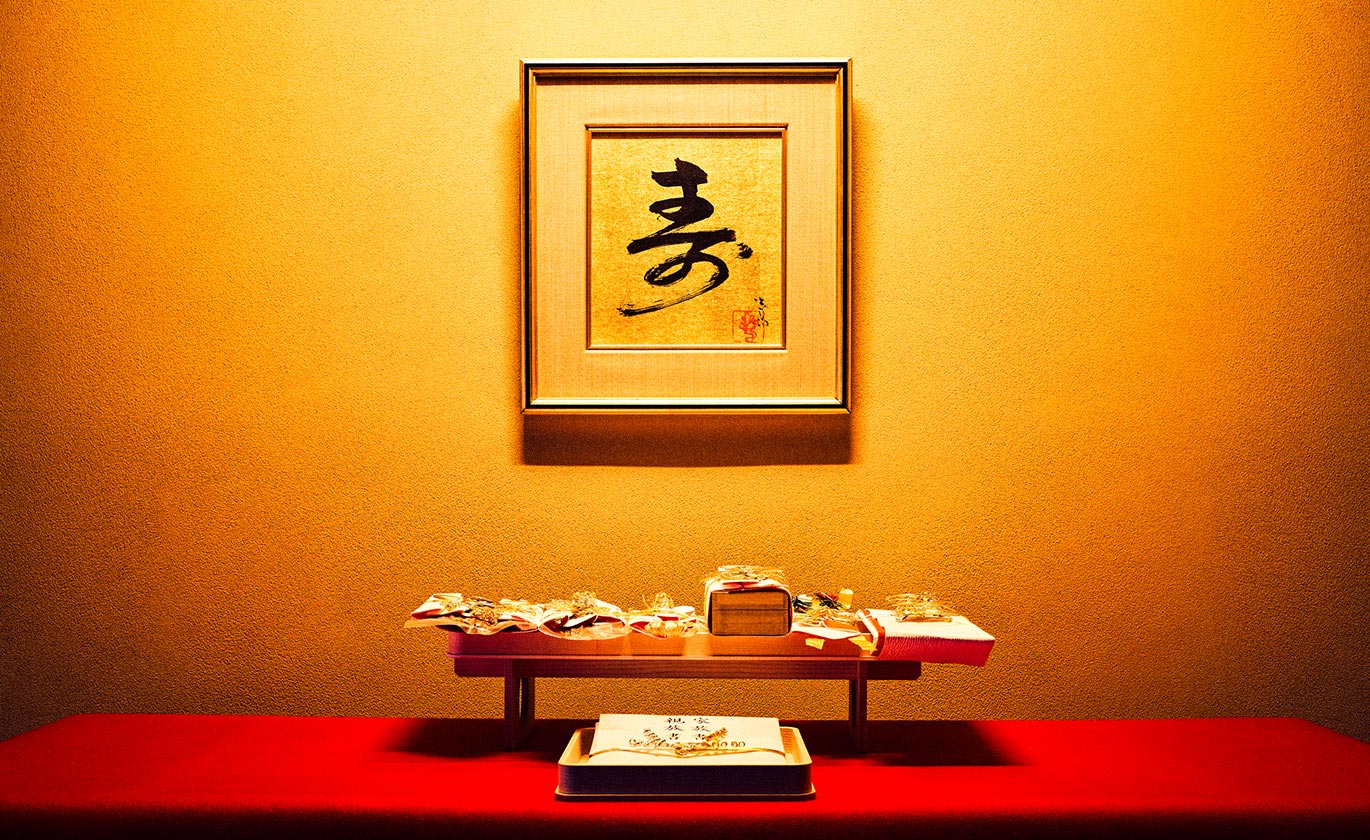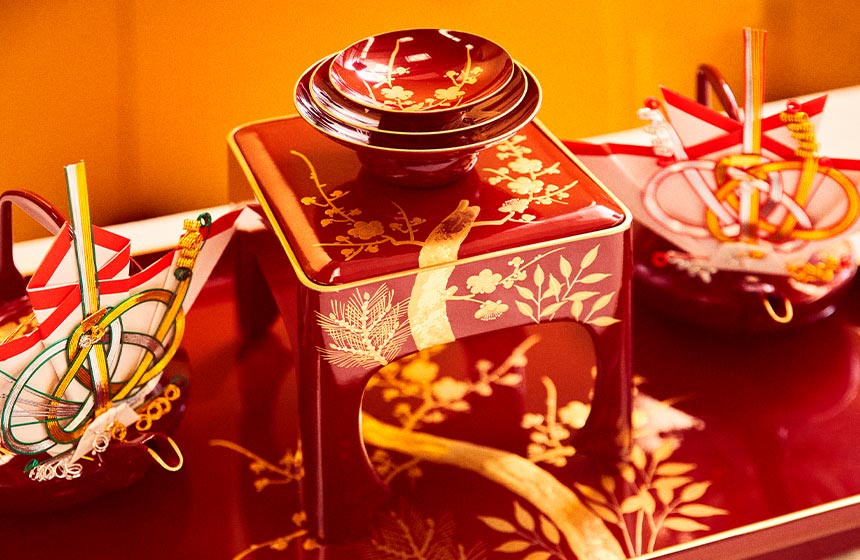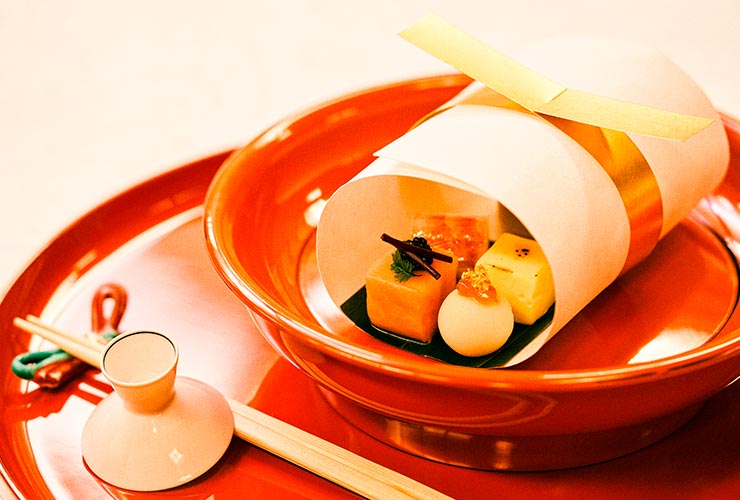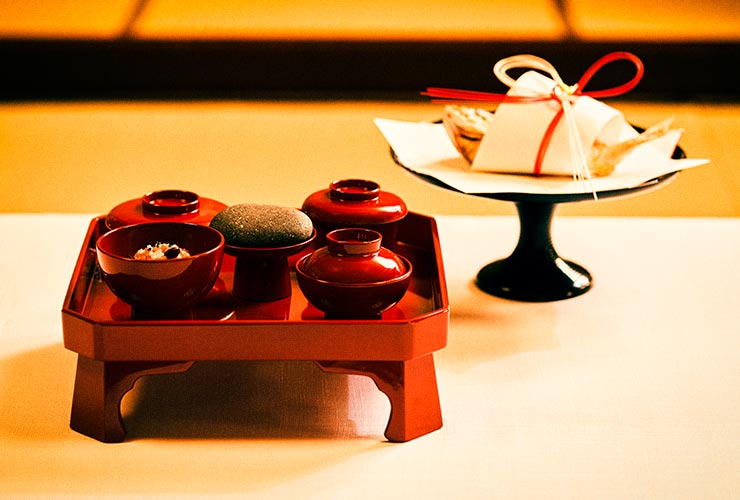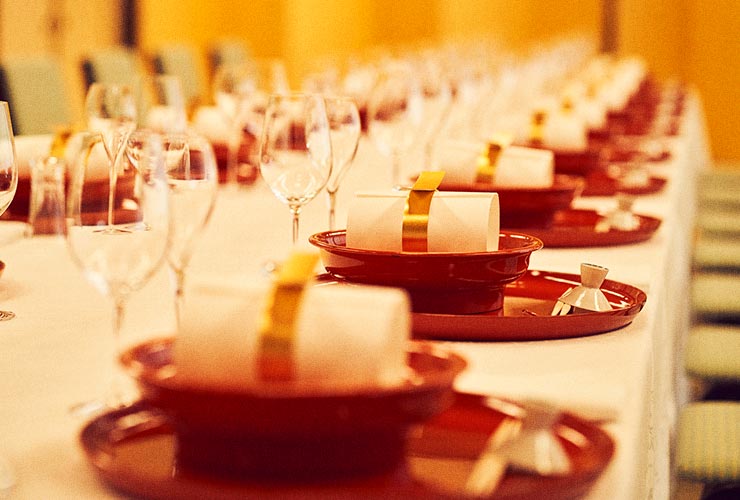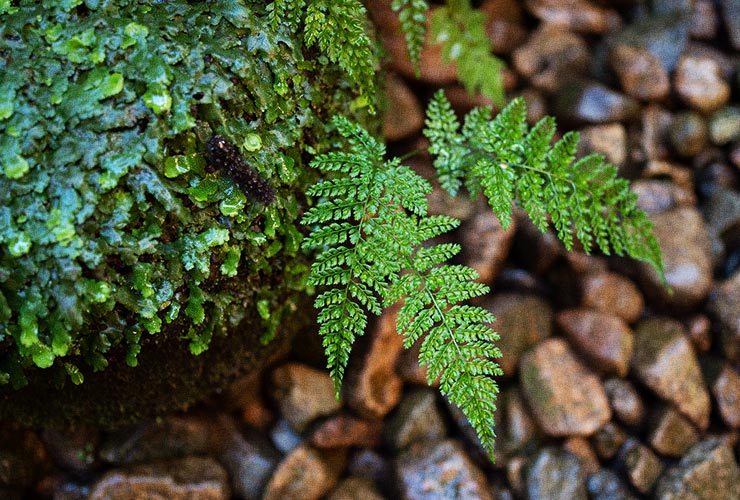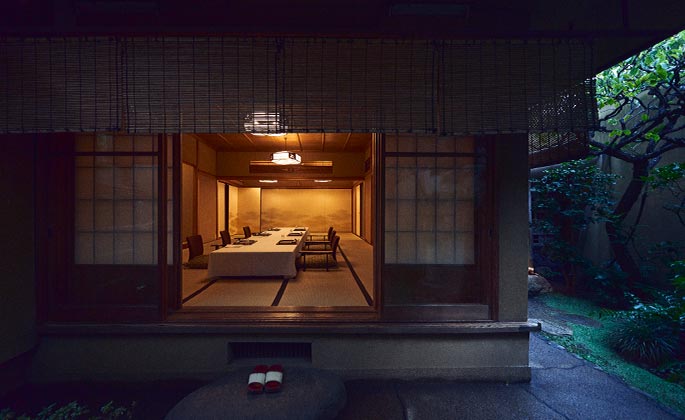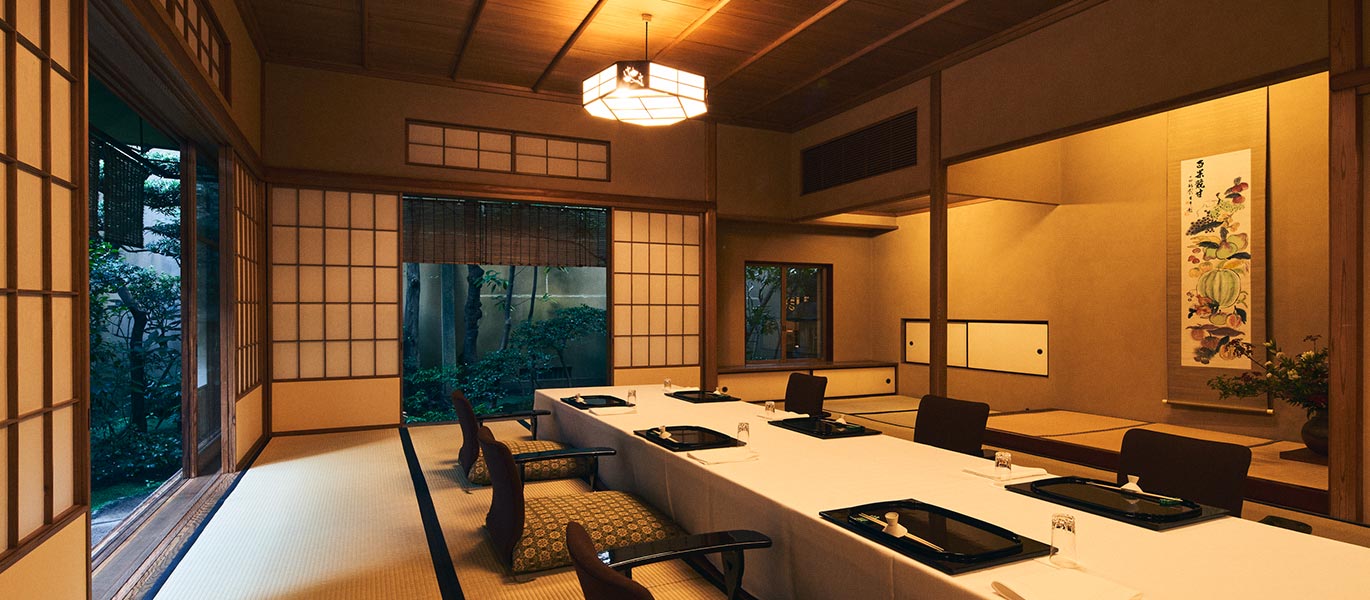History
Over 100 years of history
Genyadana Hamadaya opened its doors in 1912. Located at Nihonbashi Ningyocho, the iconic area epitomizes the history and sophistication of Edo Culture.
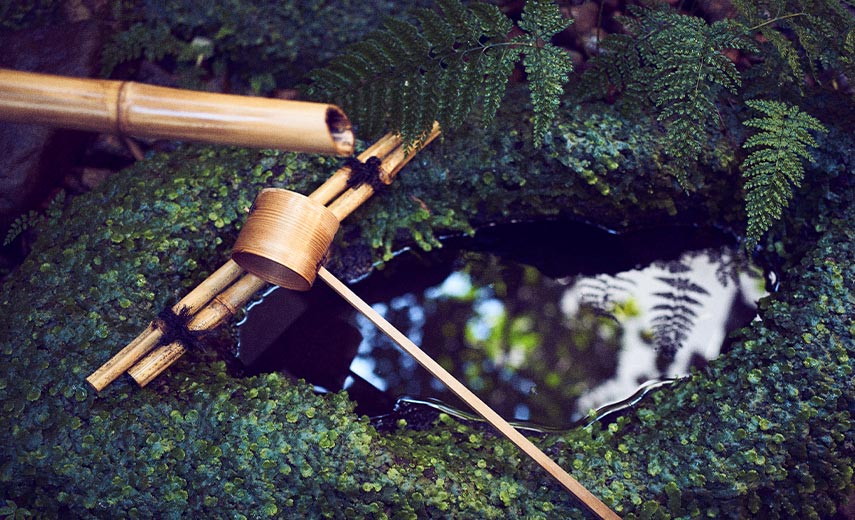
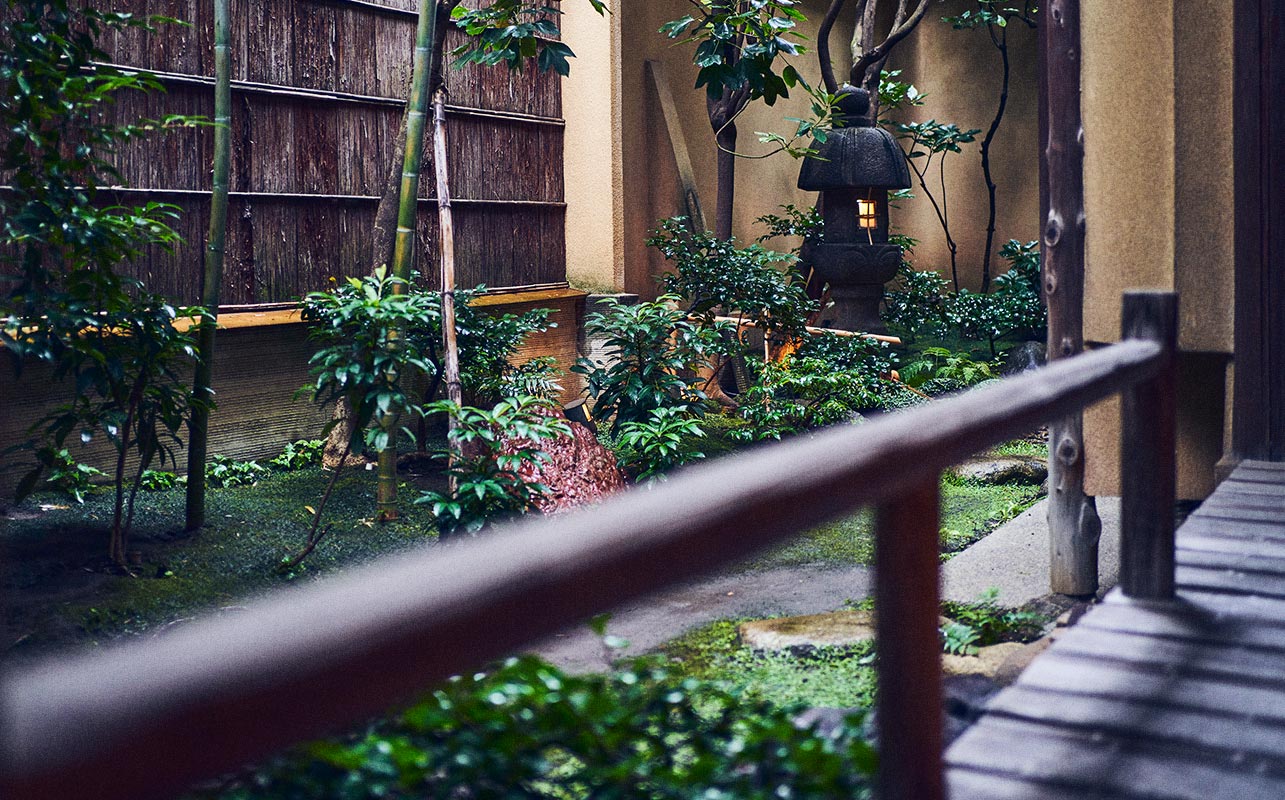
Origin of the name
The area Hamadaya is situated in used to be called Genyadana after Genya Okamoto, who was a doctor to the third Shogun Iemitsu Tokugawa in the Edo period. The name Genyadana later became well-known as the setting of the kabuki play Yowanasake Ukinano Yokogushi.
Hamadaya was the original name of Okiya (the Geisha house), which flourished in the Meiji period (late 1800s). The most famous geisha of the era, Sadayakko Kawakami, hailed from Hamadaya and attracted many guests, including Japan's first prime minister, Hirobumi Ito, and other important figures who were active during the Meiji period. When the owner of Okiya Hamadaya closed the business at the end of the Meiji period, our founder inherited the name and the ryotei restaurant Hamadaya was born in 1912.
Bats as Hamadaya's good luck symbol
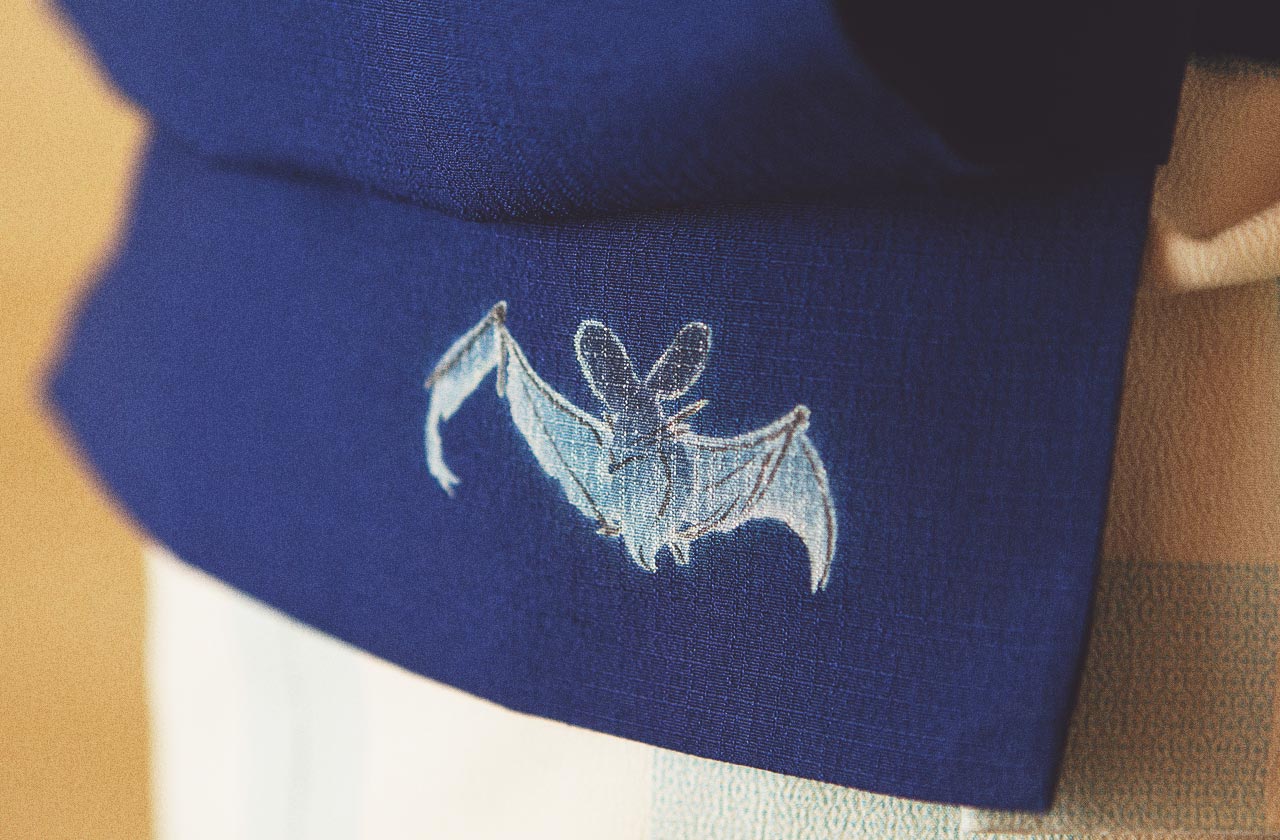
Hamadaya's character logo, bats, came from Komoriyasu, one of the main characters of Yowanasake Ukinano Yokogushi, the kabuki play that took place in the current location of Hamadaya.
The bat is regarded as an auspicious, lucky symbol of wealth and prosperity in countries where Chinese characters are used because part of the Kanji character for bat, fu, represents good luck and longevity. Similarly, the Japanese word for bat, komori, is pronounced the same way as the word for “good fortune.” As such, bats are considered good luck symbols in Japanese culture. We hope that our good luck symbol will bring happiness and prosperity to our guests.

